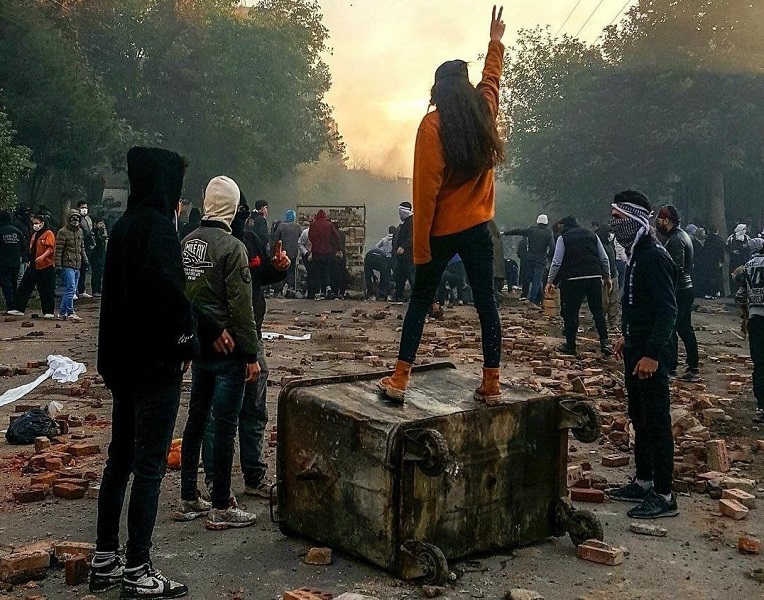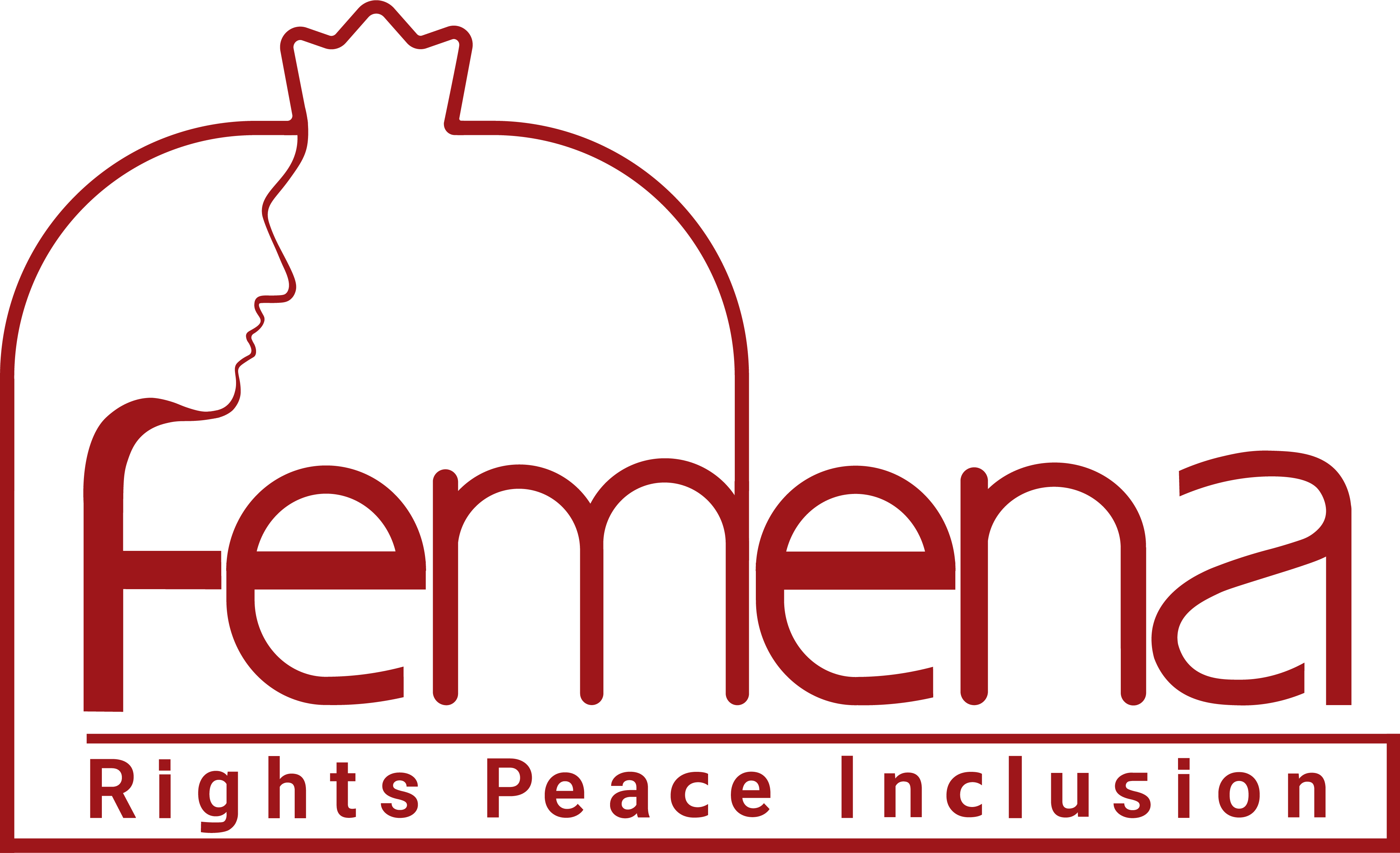
The New York Times: For Yasi, the news felt too close to ignore: A young woman, Mahsa Amini, had died in the custody of Iran’s morality police, days after being arrested for failing to cover her hair modestly enough.
When protests broke out after Ms. Amini’s death, 20-year-old Yasi — the first woman in her immediate family to reject the hijab — ran into the streets, waving the thin shawl she usually wears over her blond hair in public, in a grudging concession to the law of the land.
“I keep thinking Mahsa could be me; it could be my friends, my cousins,” she said in an interview from Tehran, where protests have since raged every night outside her family’s apartment complex. “You don’t know what they will do to you.”
The nationwide protests challenging Iran’s authoritarian leadership, now in their 10th day, have fed on a range of grievances: a collapsing economy, brazen corruption, suffocating repression and social restrictions handed down by a handful of elderly clerics. On Monday, they showed no sign of abating, and neither did the harsh government effort to suppress them despite international condemnation.
But their catalyst was the death of Ms. Amini, 22, on Sept. 16 and its connection to the hijab law, the most visible manifestation of a theocracy that makes women second to men in politics, in parenting, in the office and at home.
Tossing head scarves into bonfires, dancing bareheaded before security agents, young women have been at the forefront of these demonstrations, supplying the defining images of defiance.
Iranian women had participated in protests against the clerical establishment before, but never before had they been spark, leaders and foot soldiers all at once. More than two dozen have been arrested so far, and several female protesters have been killed.
It was a female journalist, Niloufar Hamedi of Shargh, an Iranian daily, who first brought Ms. Amini’s story to light. Ms. Hamedi was arrested last week and is being held in solitary confinement at Evin prison, according to her colleagues.
“I see a lot of anger and a lot of rage in young women,” said Golshan, 28, a women’s rights activist from Isfahan who has organized small groups of friends to gather every night to chant, “No to hijab, no to oppression, only equal rights.”
The first night of the protests, Golshan and about 50 other women locked arms to block an intersection, calling on men to join them. One man lit a bonfire. One by one, as the crowd cheered, women pulled their hijabs off, waved them aloft and tossed them into the blaze.
“We want to be heard,” she said. “We don’t have one leader. The beauty and strength of our movement is that every single one of us here is a leader.”
Mariam, 34, an artist in northern Mazandaran Province, said she and her friends had not only burned their scarves, they had cut their long hair and shaved their heads.
“It’s a statement that doesn’t need explaining,” she said. “You can’t control me and you can’t define me with my hair.”
Women are paying for their defiance in blood. On Saturday night, the riot police beat Golshan with a baton, leaving her dizzy and in pain, her neck frozen. (Like others interviewed, she insisted on being identified only by her first name to avoid reprisal.)
Two years after ultraconservative Muslim clerics seized power in the 1979 revolution, they required women in government offices to wear the head scarf, then all women and girls over age 9, justifying it with Shariah law. The hijab, they proclaimed, would protect female chastity and honor.
But it has also become a weak point for the regime, symbolizing social restrictions that men and women alike chafe at — and flout behind closed doors.
Iranian women have been contesting the law mandating hijabs and long, loose robes that cloak the body for decades. The women’s rights movement has also pushed — with limited success — against laws that allowed men to divorce more easily than women, granted men exclusive custody of children, lifted restrictions on polygamy for men, lowered the marriage age for girls and required women to get their husbands’ or fathers’ permission to travel.
But the current protests have spread far beyond the usual ranks of activists.
Yasi’s mother, Minoo, seeing her daughter in Ms. Amini, signed an online petition by religious women calling for the abolition of the morality police and the repeal of the hijab mandate. Minoo says she wears the head scarf willingly, but the choice should be hers, not the government’s.
“We can’t impose what we think on one another,” she said. “I’m religious, but I’m fed up with the hypocrisy and lies of this regime treating us ordinary people like dirt.”
On several nights she has driven Yasi and her friends to protests around Tehran.
Nahid, 65, a retired banker, said she made sandwiches and first-aid kits for the demonstrators every night. She said other women who were not directly participating let protesters sleep in their homes to avoid security forces, and gave them sweet drinks and cakes.
Activists say the response has been made possible by decades of quiet, grass-roots networking, even as prominent rights advocates have been imprisoned or gone into exile.
Under former President Hassan Rouhani, a moderate, young Iranians got used to a degree of flexibility, as the morality police grew less stringent. Long hair snaked from under ever-looser head scarves. Makeup got heavier, hemlines shorter. Clothing once restricted to dark, somber shades turned chartreuse and hot pink, embroidered and appliquéd.
In recent years, some women have dared to go even further, removing their headscarves in public in restaurants and while riding in cars, as Yasi does.
Iranian women “have never conformed to the state’s ideal of what the hijab should look like,” said Sussan Tahmasebi, a veteran Iranian women’s rights activist who lives in exile. “And we see now the emergence of a younger generation that really care about their bodily rights, and the hijab is probably the most visible infringement on their bodily rights.”
Successive governments, including Mr. Rouhani’s, periodically cracked down on hijab noncompliance with fines, arrests and verbal warnings, but hard-liners were impatient to reverse the liberalizing tide. Since Ebrahim Raisi, an ultraconservative, became president a year ago, he has systematically tightened enforcement of strict social and religious rules.
In July, the president ordered all “responsible entities and institutions” to devise a strategy for stepping up hijab enforcement. Violations, he said, were damaging the values of the Islamic Republic and “promoting corruption.”
Iran’s chief prosecutor declared his support for barring women who were improperly covered from getting access to social and government services, including the subway. The Ministry of Guidance ordered movie theaters to stop showing women in ads.
The backlash to the policy has come not just from the country’s secular camp, but also from religious and conservative Iranians who said it would only deepen the divide between the government and its people.
But the clerical establishment was unmoved, blaming the reaction on foreign interference. “In the history of Islamic Iran, the life of the women of Iran has always been associated with chastity and hijab,” Mr. Raisi said last month.
His campaign spurred growing tension and violence in the months before Ms. Amini’s death. Cafes were shut for allowing bareheaded customers. Videos on social media showed morality police officers insulting, beating and dragging women into vans to be sent for “re-education” in proper hijab.
In one widely seen video, the mother of a woman who had been arrested threw herself in front of a moving morality police van, screaming: “My daughter is sick. I beg you not to take her.”
Sapideh Rashno, a 28-year-old writer who had taken off her head scarf on a bus, was caught on video in mid-July arguing with a conservatively dressed woman who berated her for “improper dress.” Ms. Rashno was arrested. Two weeks later, state television broadcast an interview showing her apologizing for the episode, her face bruised and her eyes ringed with purple circles.
Her case prompted a public outcry. But with the explosion of protests, the conversation has moved beyond the hijab to the system itself.
“The hijab is a symbolic thing that has brought women to the front and center,” said Nazli Kamvari, an Iranian-Canadian feminist author, “but it connects them to all sorts of discrimination that everyone is facing.”

